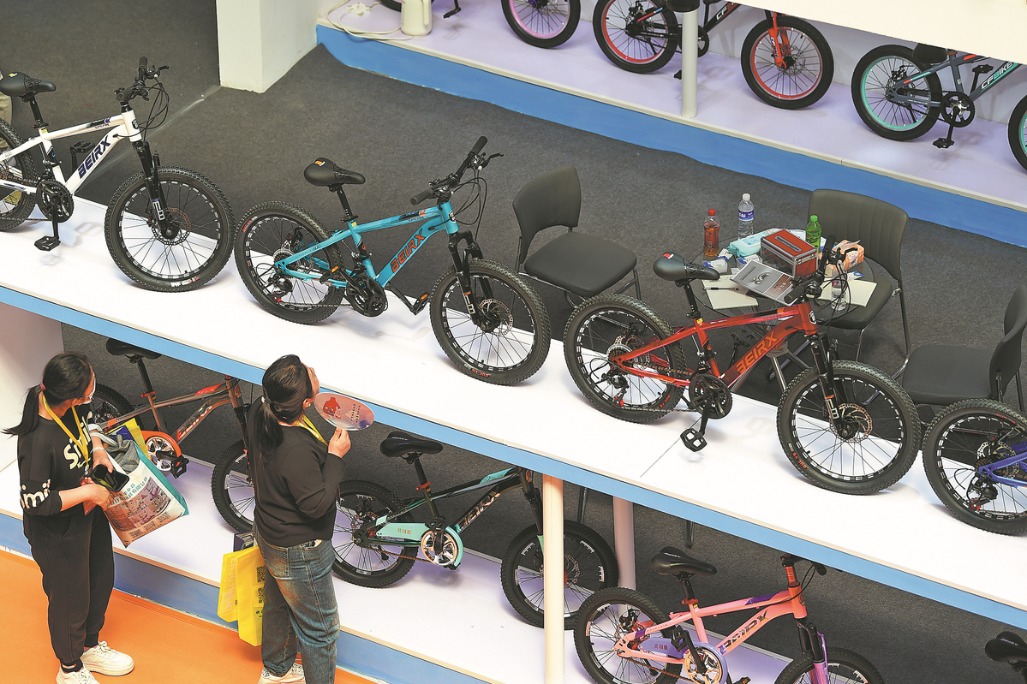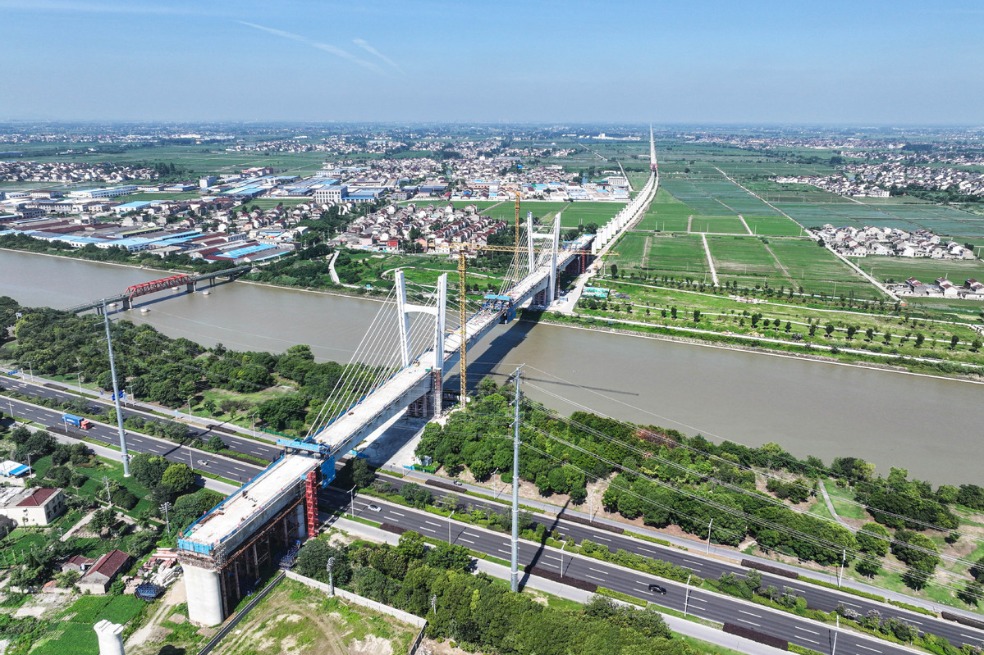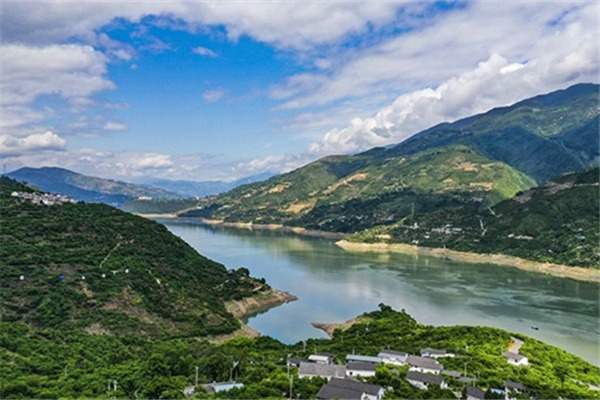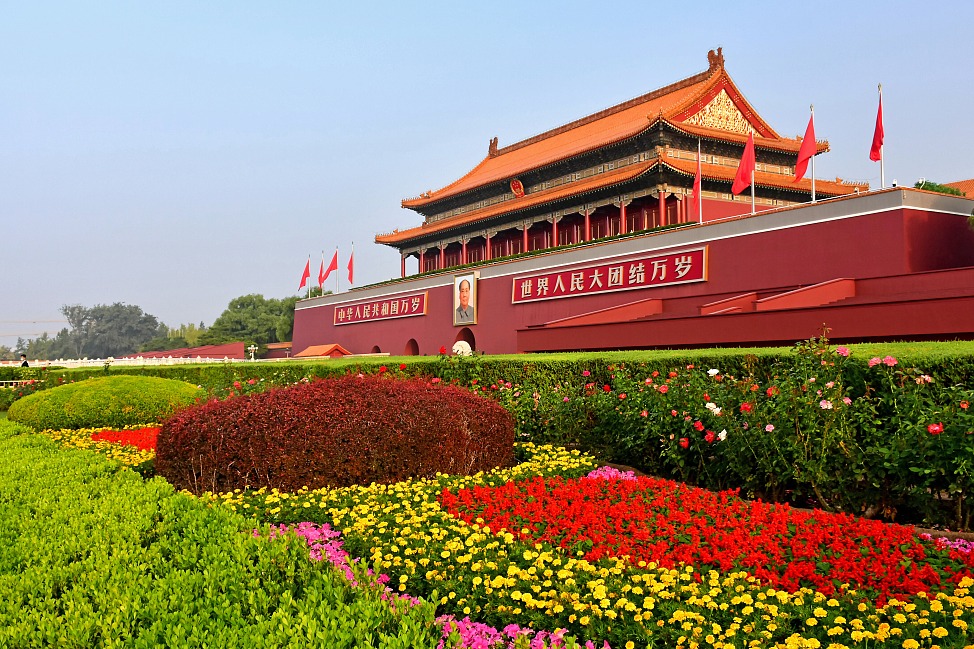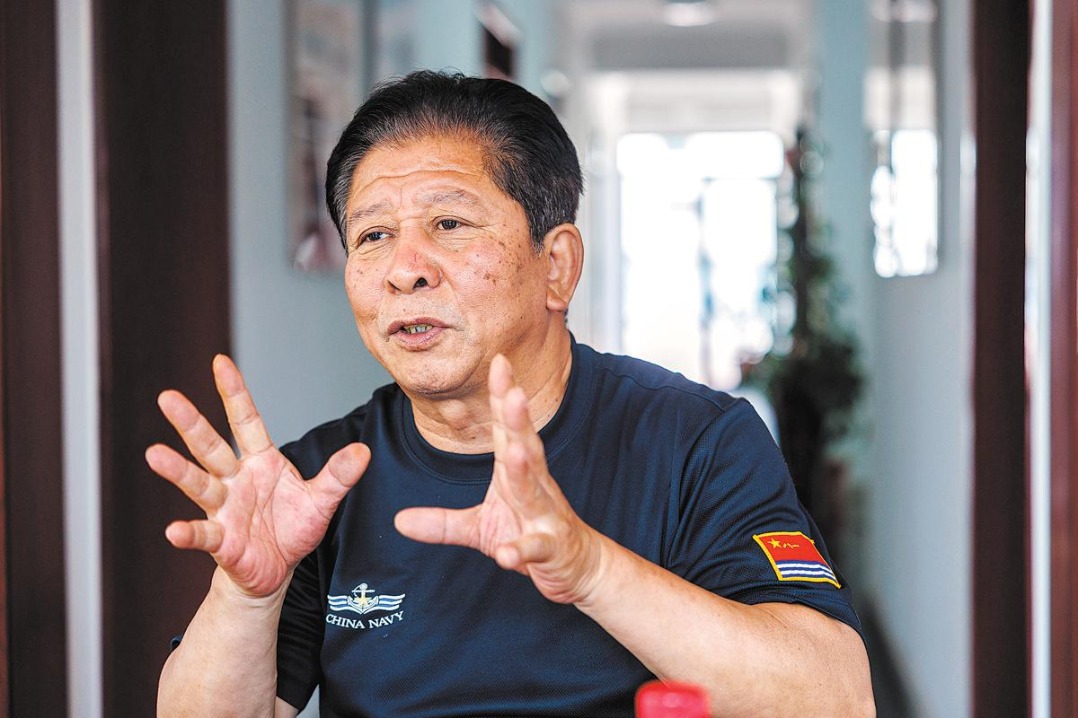Growing tall
At a time of global climate crisis and overpopulation, vertical farming technologies are offering hope of greater food security and sustainability. Vasavi Seethepalli reports.

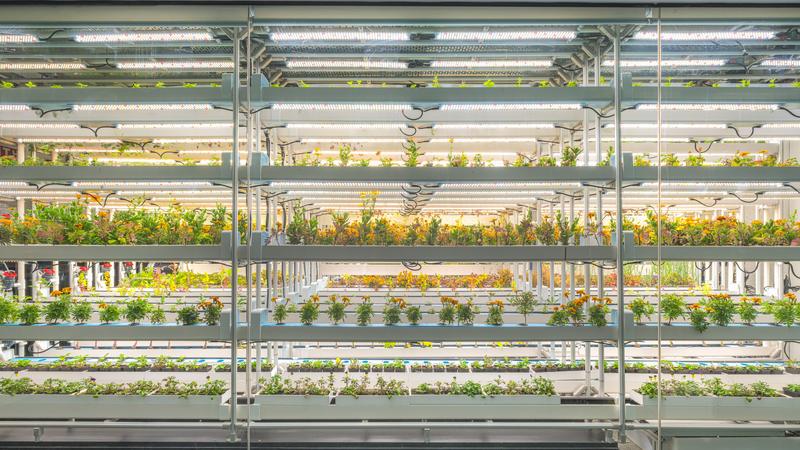
Designing the future
Global design firm Sasaki has designed an environment-friendly vertical farm complex to be built between Shanghai's international airport and the city center. Called the Sunqiao Urban Agricultural District, the project is designed to provide a sustainable means of supporting Shanghai's growing population.
"The design addresses controlled-environment agriculture, with a portion dedicated to aquaponic research and ancillary research," says lead designer Michael Grove. "Adjacent technologies related to vertical farming - such as LED lighting, solar panels and other related innovations that may improve controlled-environment agriculture - were considered in the master plan, including an educational and visitation component."
He adds that vertical farming would work well in Shanghai as more than half of the traditional Shanghainese diet consists of leafy greens.
Sunqiao is one of the first of its kind in the area, or as Grove says, "a testing bed for new ideas and performing independent research." Besides growing leafy greens - a commodity that's easy to sell - "Sunqiao will experiment with new crops, aquaponics and hydroponics, and even algae for energy generation. The intention is to understand what's working from a sustainable perspective, double down on methods proving successful and (eventually) replicate them throughout China."
- Gansu kindergarten faces additive probe after blood lead levels alarm parents
- China's 3D-printed mini jet engine triumphs in pioneering flight test
- China Buddhist association issues statement on 14th Dalai Lama's reincarnation claims
- PLA conducts combat readiness patrols over Huangyan Island
- Four provinces unite for war anniversary museum exhibits
- Karst canyon hides twin waterfalls outside Guiyang


















